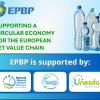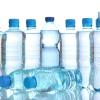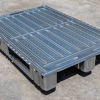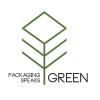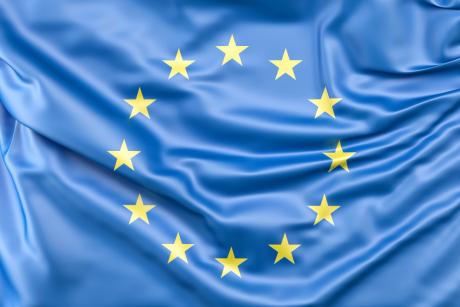Plastic labels and liners, although smaller and thinner than the overall packaging, play a significant role in the waste stream. They are an integral part of the packaging and essential for conveying product information, but pose a number of problems at the recycling stage.
Labels, for example, can be made from a variety of materials, including paper and plastic, often with adhesive backings that contaminate recycling streams. Films used to wrap and seal products vary widely in material composition, adding another layer of complexity to the recycling process.
Looking ahead to 2030, the date by which EU Member States will have to meet a number of obligations (e.g. 90% annual collection of single-use plastic bottles and metal drinks containers, mandatory recyclability of all packaging put on the market, 30% recycled content in all PET packaging except drinks bottles), it is imperative to recognise the role and potential of labels, films and packaging in driving greener innovation.
A key aspect of this development is the reduction of packaging weight and its optimisation, such as the use of thinner films, which not only reduces the amount of material but also minimises waste. At the same time, efforts are being made to increase the use of recycled materials and reduce the use of virgin plastics. Packaging supplier Masterpress, for example, is currently testing the feasibility of plastic labels containing 50% recycled material. In addition, the move to recyclable materials is gaining ground, with companies exploring new substrates and mono-material packaging that can be easily processed in recycling plants.
The TINE 300g milk cup sleeve
The Tine 300g dairy cup sleeve, produced by Masterpress for Berry Superfos Lidköping, represents the company's commitment to sustainable packaging that meets the 'designed-for-recycling' standards set by RecyClass.
The packaging consists of a low-density polyolefin shrink sleeve, creating a single-material solution that makes it easier to correctly identify and recycle the cups in the polymer stream. In addition, the sleeve is made from 45 micron thick polyolefins, effectively reducing the amount of material for a smaller carbon footprint, while its design helps to ensure proper recycling by reducing its environmental impact. This project demonstrates how thoughtful material and design choices can result in a fully recyclable product without compromising functionality or aesthetics.
The ultimate goal is to meet consumer needs by offering products that are not only functional but also environmentally responsible, thus meeting the objectives of the PPWD (Packaging and Packaging Waste Directive) and contributing to a more sustainable future.


